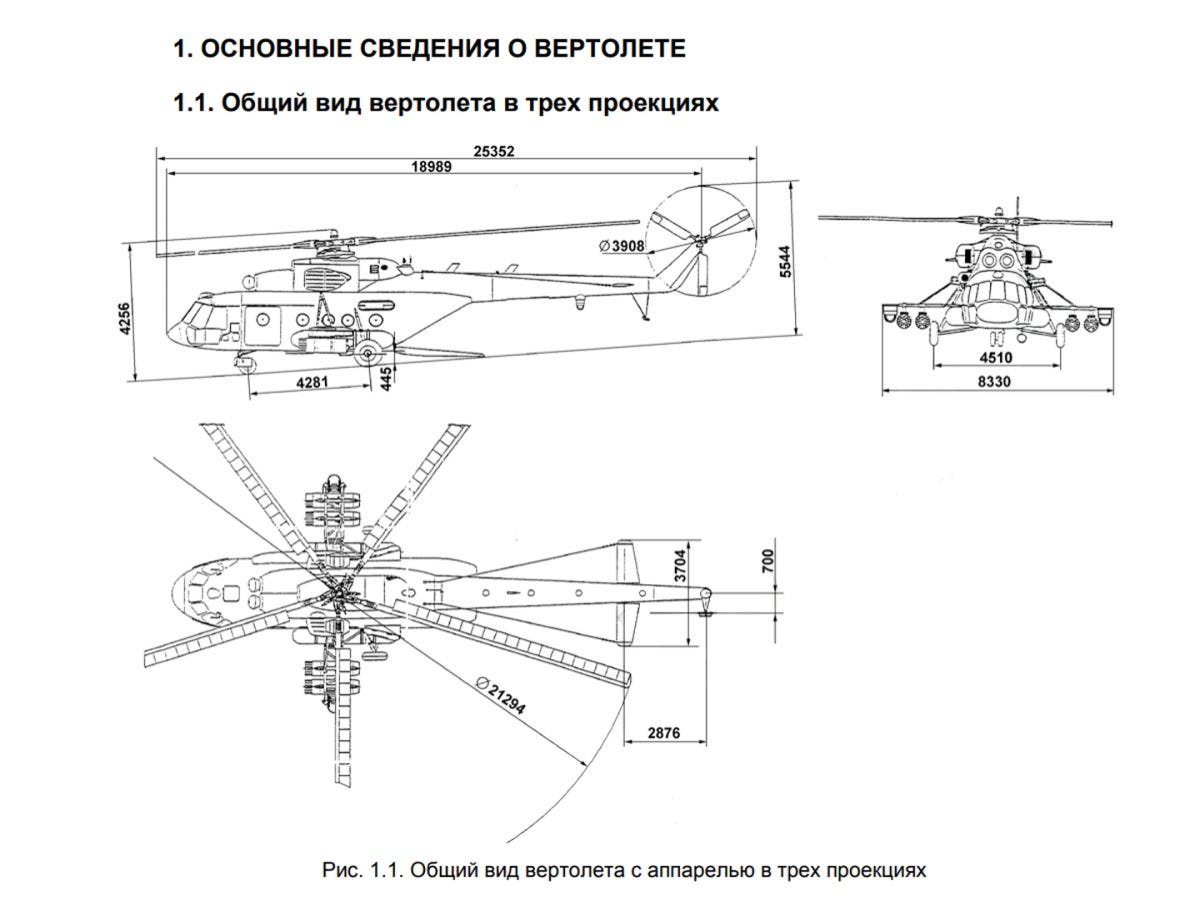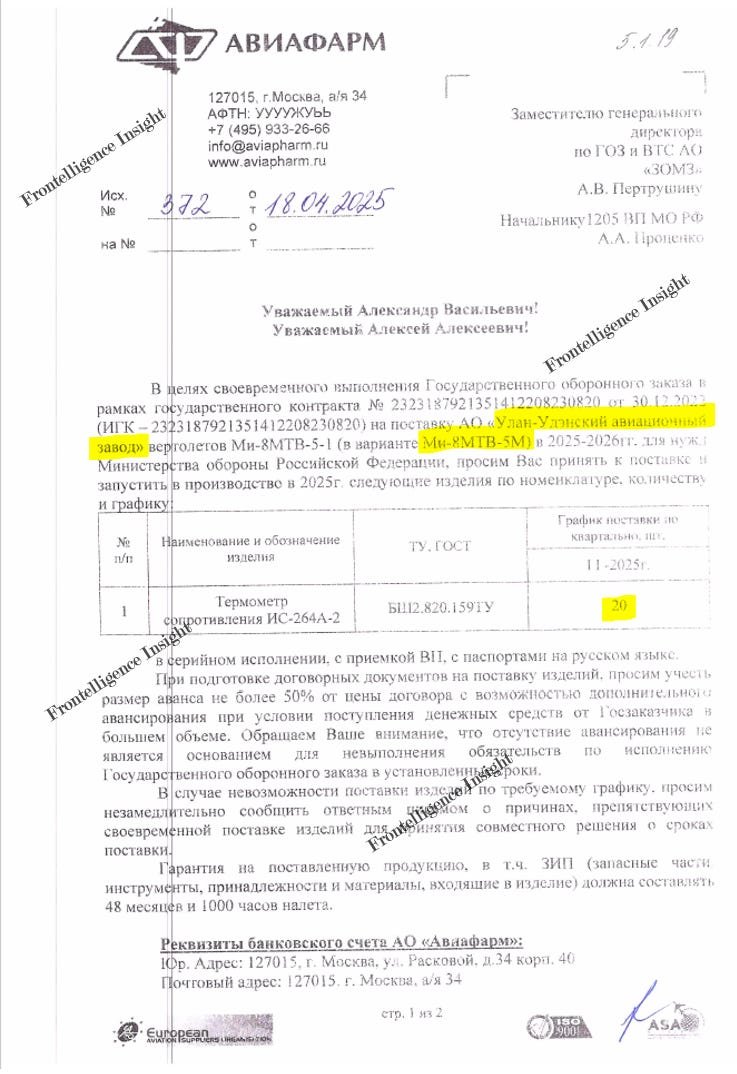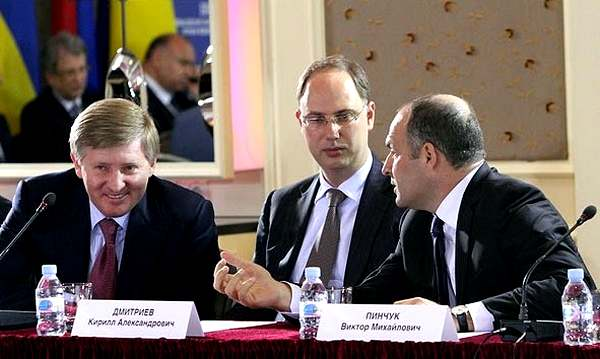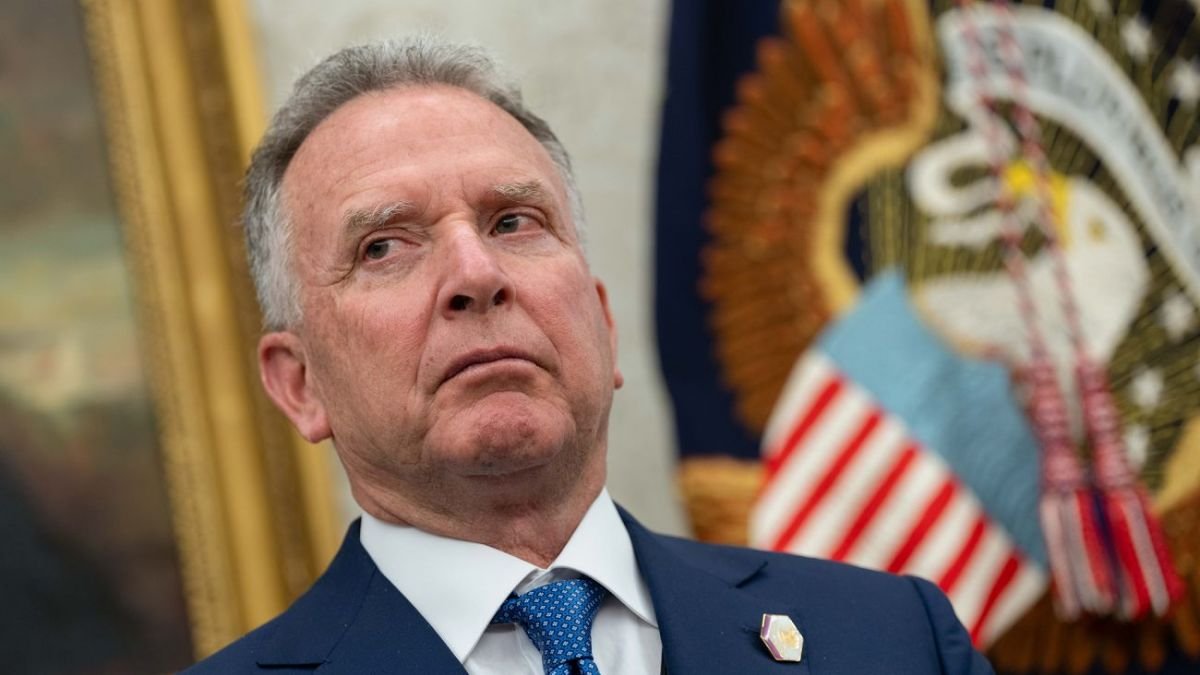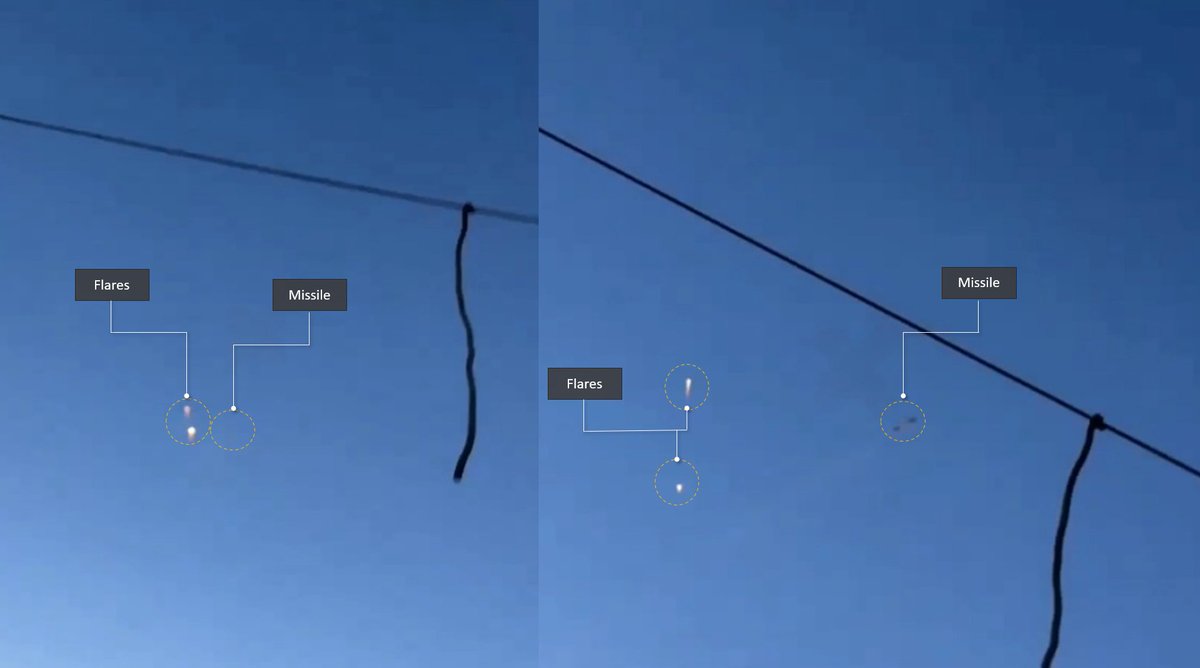The satellite images I'm presenting offer additional evidence highlighting Ukraine's need for long-range engagement capabilities. This analysis is focused on Luhansk airport, situated over 100 km away from the frontlines, and serving as a base for russian helicopters
🧵Thread:
🧵Thread:

2/ The airport had been inactive since 2014; however, recently, the russians have repurposed it as a helicopter base for operations in Donetsk and Luhansk Oblast. On average, there are approximately 12 to 16 helicopters present at any given time 

3/ Russians position themselves to remain outside the effective range of HIMARS when on the ground and beyond the reach of MANPADs when in the sky. They mostly engage through the use of indirectly fired unguided rockets. The airfield primarily hosts Ka-52, Mi-8, Mi-28, and Mi-24 

4/ The airport's perimeter is heavily guarded by air defense assets, although it is not impervious. Disabling the helicopters would compel them to vacate the airport, thereby slowing down helicopter logistics and response times. 

5/ The presence and movements of helicopters on the base can be monitored through this timelapse video. It illustrates the active utilization of helicopters
6/ Considering the frequent flights and operations of these helicopters, with many of them return to the base unharmed, it becomes evident that a heightened requirement exists for more air-defense systems as well. This is crucial to enhance the air protection for our troops.
7/ I express my gratitude to all the generous contributors who donated via Buy Me A Coffee service. Your contributions have enabled the acquisition of imagery and the provision of further insights into Russian air capabilities within the region.
Feel free to like and share
Feel free to like and share
• • •
Missing some Tweet in this thread? You can try to
force a refresh





